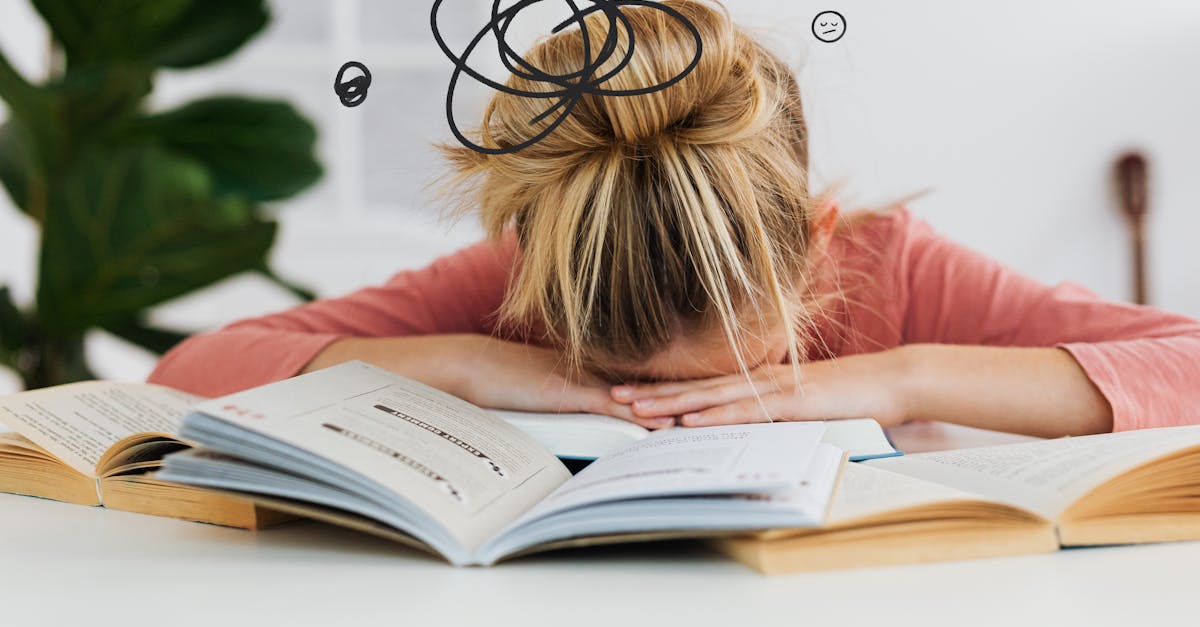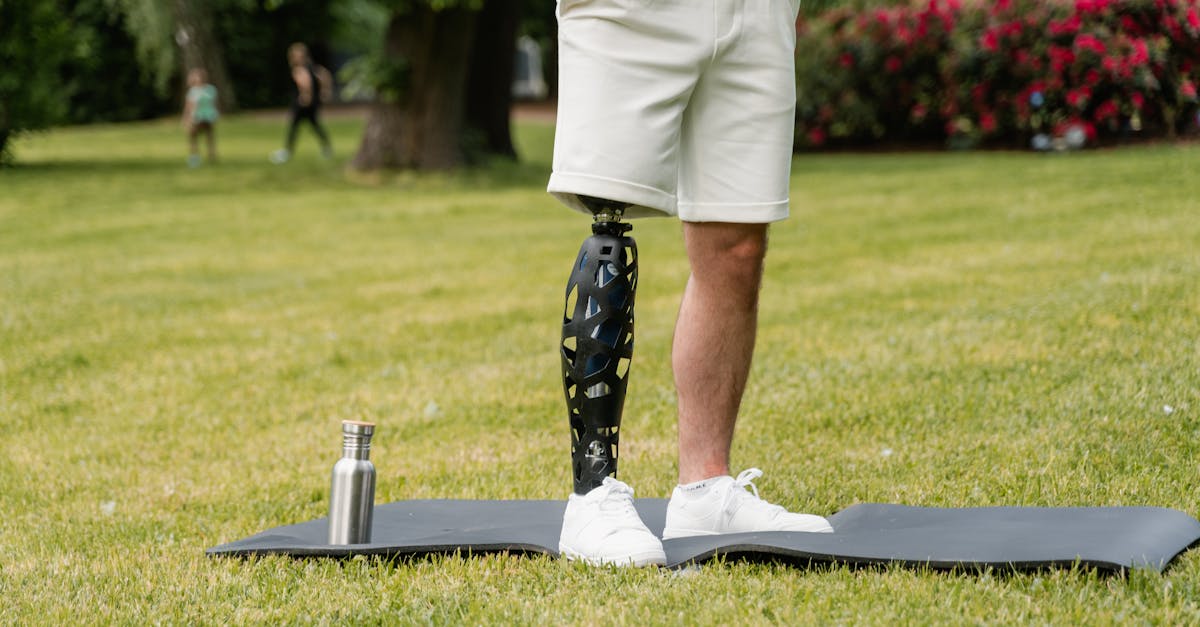Struggling with dizziness after head injury? You’re not alone.
In Short: Dizziness following a head injury can disrupt your daily life and create balance problems that feel overwhelming. At Pulse Align Clinics, we offer a compassionate strategy for managing dizziness, emphasizing effective solutions that include innovative approaches to vertigo treatment. Our focus on understanding dizziness causes like BPPV (benign paroxysmal positional vertigo) and vestibular neuritis helps guide clients toward recovery. Experience the benefits of improved posture and core strength through our simple, non-invasive neuromodulation techniques that promote natural balance restoration. Reclaim your health and wellness at Pulse Align Clinics. Book your appointment today!
Are you struggling with lower back pain and poor posture?
Regaining balance following head trauma can be a daunting challenge, especially when grappling with dizziness and other related symptoms. Pulse Align’s compassionate strategy for managing dizziness intricately addresses the nuances of dizziness after head injury, targeting common dizziness causes like BPPV (benign paroxysmal positional vertigo) and vestibular neuritis. By employing effective vertigo treatment techniques and posture correction exercises, we aim to improve overall stability and reduce the discomfort associated with dizziness and anxiety. With specialized programs focusing on core strengthening and natural remedies for dizziness, our approach not only empowers clients to manage balance problems but also helps enhance their journey to wellness. Discover how our unique methods can alleviate dizziness when standing up suddenly and pave the way to improved health and comfort.
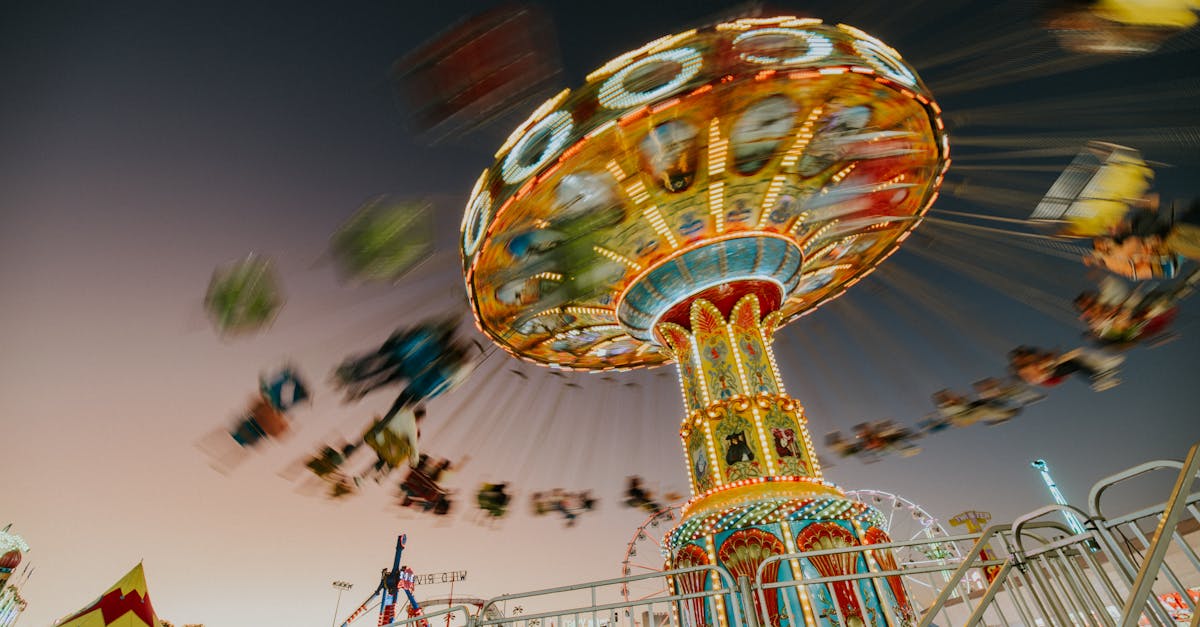
Regaining Balance Following Head Trauma: Pulse Align’s Compassionate Strategy
Finding stability after experiencing head trauma can feel overwhelming. The journey to regain your sense of balance is often filled with challenges that can impede your daily activities. At Pulse Align, we understand the nuances of posture improvement and neuromuscular recalibration, providing a holistic approach to support your body’s natural ability to restore balance and well-being.
Discover the Pulse Align Approach
At Pulse Align, we utilize gentle stimulation techniques that focus on muscle tone and natural balance. Our unique process encourages the body’s inherent ability to recalibrate, promoting greater harmony within your day-to-day life. By enhancing postural symmetry, our clients often experience an uplifting sense of well-being, allowing them to engage fully in activities previously hindered by discomfort or imbalance. When the body finds its natural equilibrium, clients report a surge in confidence, making ordinary tasks feel manageable once again.
Holistic Benefits of Pulse Align Services
We pride ourselves on a compassionate, community-oriented approach that addresses individual needs without invasive interventions. Many clients come to us seeking relief from physical tension and discomfort. Our focus is always on helping you find your own path to enhanced vitality. Through our gentle methods, we emphasize the body’s capacity to heal itself, naturally promoting improved balance and posture correction. Reports from our clients highlight significant transformations, often noting increased flexibility and comfort during their daily routines.
Client Stories of Transformation
Countless stories echo the success of our approach. For many, the discovery of Pulse Align has been a turning point in their wellness journeys. Clients have expressed how they can improve their posture naturally and feel more grounded and secure in their movements. With improvements noted in several aspects of their daily lives, it becomes clear that our gentle recalibration methods resonate deeply with those seeking holistic wellness. Read the testimonials from our community to understand how Pulse Align can lighten the burden of discomfort and enhance overall quality of life.
Take the Next Step Toward Wellness
Are you ready to embrace a journey towards improved balance? We invite you to explore how Pulse Align can assist you in your wellness journey. Our dedicated team is here to guide you through a personalized journey, ensuring we complement your ongoing healthcare efforts. Whether located near Montreal, La Prairie, Terrebonne, Chicoutimi, Charlesbourg, Saint-Jérôme, Châteauguay, Sainte-Marie, Les Escoumins, Granby, or Panama City, there’s a Pulse Align clinic ready to welcome you. Find a Pulse Align clinic near you and book your consultation today!
Please remember, while our methods at Pulse Align strive to foster an enhanced sense of balance and well-being, they are designed to work in tandem with your healthcare strategy and do not replace medical oversight. Your health journey is unique, and we celebrate your commitment to reclaiming your health.
Regaining Balance Following Head Trauma
- Posture Correction: Enhancing alignment to mitigate dizziness.
- Core Strengthening: Fortifying trunk muscles for improved stability.
- Neuromuscular Recalibration: Restoring connections for optimal balance.
- Gentle Techniques: Non-invasive methods to ease discomfort.
- Personalized Programs: Tailored recovery plans for individual needs.
- Holistic Approach: Integrating emotional and physical wellness.
- Regular Follow-ups: Continuous assessments to ensure progress.
- Client-Centered Care: Focusing on unique experiences of each individual.
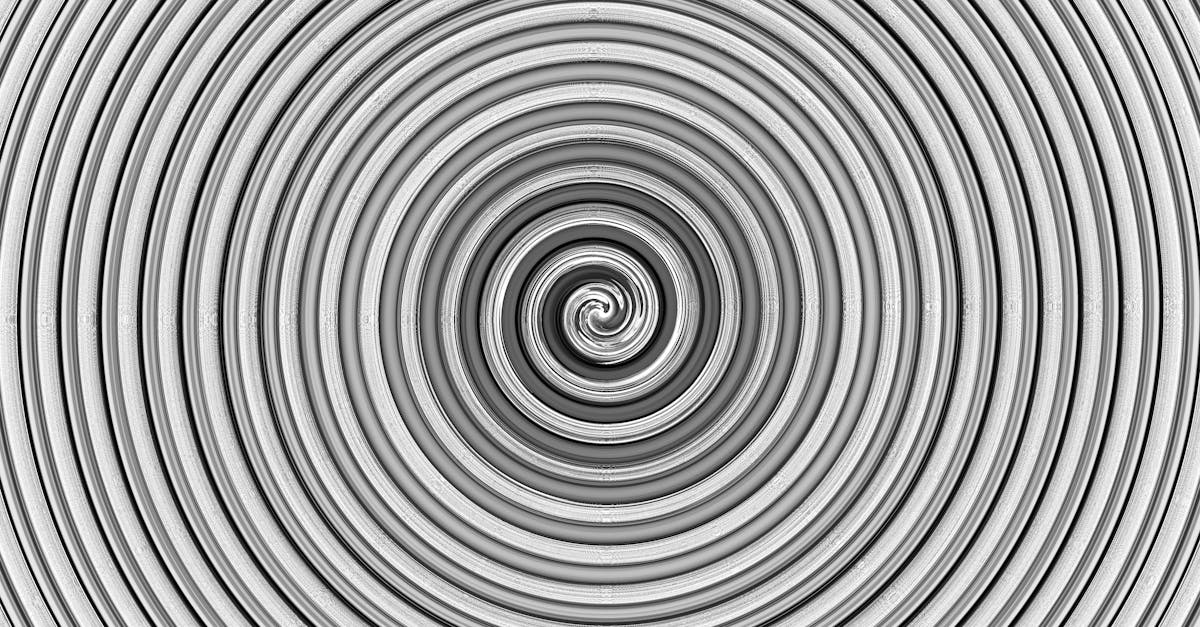
Post head trauma, many individuals experience dizziness that interrupts daily life. At Pulse Align, we understand the complexities behind balance problems and offer a compassionate approach that emphasizes neuromuscular health, posture improvement, and holistic recalibration. This article discusses effective ways to manage dizziness, focusing on personalized solutions.
Understanding Dizziness After Head Injury
Dizziness after head injury often stems from various conditions such as BPPV (benign paroxysmal positional vertigo), vestibular neuritis, or labyrinthitis. These conditions can lead to sensations of spinning, lightheadedness, and anxiety. Awareness of these dizziness causes is essential for effective recovery and management.
The Role of Posture Correction
One of the critical elements in addressing dizziness is posture correction. Proper alignment can significantly alleviate symptoms and improve overall stability. At Pulse Align, we use gentle techniques to promote muscle tone symmetry, recalibrating the body’s natural balance. By focusing on strengthening the core and improving posture, we enable individuals to experience less discomfort.
Core Strengthening Techniques for Stability
Core strengthening is vital for fostering stability, especially for those recovering from head trauma. Implementing trunk exercises as part of a personalized exercise plan can improve coordination and minimize episodes of dizziness when standing up suddenly. Tailored movements, such as BPPV exercises at home, are designed to build strength and support recovery.
Natural Remedies and Home Solutions
Utilizing dizziness home remedies can further enhance recovery efforts. Lifestyle changes such as staying hydrated, practicing mindfulness, and incorporating natural remedies for dizziness and nausea can mitigate symptoms. Pulse Align advocates for integrating these practices into daily routines to provide lasting relief.
Emphasizing Neuromuscular Health
At Pulse Align, our holistic approach allows us to focus on neuromuscular recalibration; restoring connections between the brain and body enhances coordination. This strategy can significantly reduce the feelings of dizziness and anxiety, helping individuals regain their equilibrium.
Personalized Programs for Comprehensive Care
Our commitment to client-centered care means that each recovery plan is tailored to meet the unique needs of individuals. Regular follow-ups and adjustments ensure that personalized programs effectively address symptoms and promote overall well-being. We emphasize the significance of a supportive environment that aligns with the principles of holistic treatment.
Take Action Toward Recovery
If you are experiencing challenges with balance or dizziness following a head injury, it’s time to take action. We encourage you to book a consultation with Pulse Align to explore personalized exercise plans, including shockwave therapy options that can complement your recovery. By taking a proactive approach, you can start your journey toward enhanced stability and well-being today.
Experience the benefits of our compassionate approach and reclaim your health. Visit your nearest Pulse Align location in Montreal, La Prairie, or Panama City to learn more and begin your journey of recovery.
| Strategies | Details |
|---|---|
| Posture Correction | Enhances alignment to mitigate dizziness symptoms. |
| Core Strengthening | Fortifies trunk muscles for improved stability and posture. |
| Neuromuscular Recalibration | Restores brain-body connections to boost coordination. |
| Personalized Programs | Tailored recovery plans to meet individual needs. |
| Gentle Techniques | Non-invasive methods to promote comfort during recovery. |
| Holistic Approach | Integrates emotional and physical wellness in treatment. |
| Regular Follow-ups | Continuous assessments ensure progression and adaptation. |
| Client-Centered Care | Focus on unique experiences to enhance the recovery journey. |
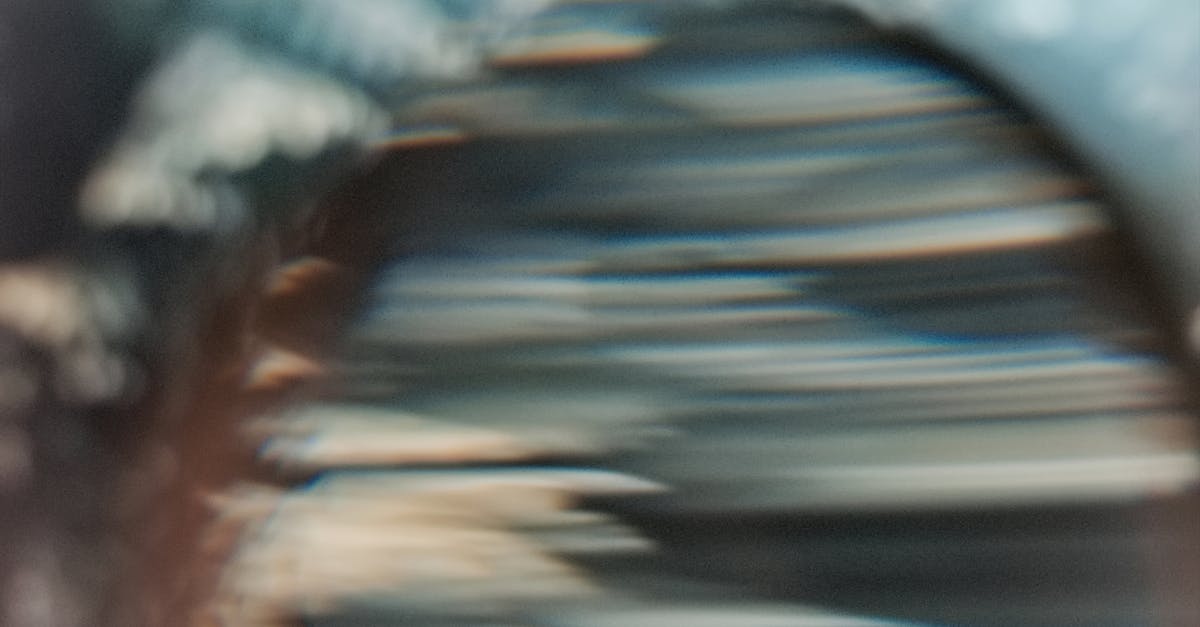
Reclaiming Your Balance: Client Experiences with Pulse Align’s Holistic Approach
“After my head injury, I felt as if my world was spinning out of control. Finding Pulse Align in Mont-Royal transformed my recovery. The compassionate approach the team offers supported my body’s natural ability to recalibrate and restore balance. Through their gentle techniques, I noticed improvements that felt almost miraculous. I can now carry on with my daily life without the constant fear of dizziness.”
“Living in Terrebonne, I sought help from Pulse Align after months of struggling with severe dizziness. Their unique, holistic strategy made all the difference. The practitioners took the time to understand my journey and created a personalized program that resonated with my needs. I could feel my body responding positively, and now I enjoy activities I once avoided.”
“As a resident of Les Escoumins, I was initially hesitant about exploring treatment for my vertigo. However, Pulse Align’s commitment to fostering the body’s natural healing through tailored care genuinely changed my perspective. I experienced significant improvements, allowing me to engage confidently in my community activities again.”
“In Châteauguay, I discovered Pulse Align’s compassionate strategies and quickly realized how beneficial their services were for my entire family. The holistic methods they employed focused not only on alleviating my dizziness but also on enhancing emotional well-being. I felt supported throughout my healing journey, which truly empowered me to take charge of my health.”
“Clients in Chicoutimi report how grateful they are for the dedication and personalized programs at Pulse Align. The supportive environment encourages recovery, and I felt that their approach respected both my physical and emotional wellness. I am thrilled to be on this path to reclaim balance and harmony in my life.”
“For families in Saint-Jérôme, seasoned expertise in balancing wellness journeys can lead to remarkable outcomes. My experience at Pulse Align highlighted the importance of client-centered care that embraces the unique needs of every individual. The compassionate practices here have truly made a difference in my life.”
Pulse Align complements your existing healthcare initiatives, ensuring a smooth transition into recovery. If you’re in Sainte-Marie or any neighboring area, explore how our services can enhance wellness and overall function. Visit our Our Clinics page to find a location near you.
Experiencing dizziness after a head injury can be a daunting challenge that disrupts daily life. Many individuals are keen to regain their balance and well-being without navigating through complicated treatment paths. At Pulse Align Clinics, we specialize in offering gentle approaches aimed at vertigo treatment through effective techniques.
Our clinics address common causes of dizziness such as BPPV (benign paroxysmal positional vertigo), vestibular neuritis, and labyrinthitis. Our innovative strategies not only promote the natural restoration of balance but allow clients to experience improved stability and decreased discomfort. The aim is to empower individuals to manage their balance problems effectively and enhance their overall well-being.
Our Mission
At Pulse Align, our mission is to deliver evidence-based, client-centered treatments that address the underlying causes of pain and dysfunction. By integrating advanced techniques and technologies, we strive to empower each person to take control of their health, ensuring a high standard of care, lasting relief, and an improved quality of life.
Our clients frequently share inspiring stories of transformation, highlighting the significant difference that our holistic approach has made in their lives. We focus on improving posture naturally and facilitating the body’s inherent capacities to restore harmony. By doing so, we ensure that our clients can engage fully in their daily activities.
For those grappling with symptoms of dizziness and vertigo after a head injury, Pulse Align offers targeted solutions via a compassionate environment. We emphasize individualized care and tailor recovery plans to address unique paths towards wellness.
Are you ready to reclaim your balance and well-being? Visit Pulse Align’s website to learn more about our offerings and book an appointment today. You can also find a clinic near you easily and start your personalized experience with our safe, non-invasive approaches.
Learn more about this approach and available services at www.pulsealign.com and find a location near you here: https://pulsealign.com/our-locations/
Transform Your Recovery with TAGMED’s Spinal Decompression Therapy
TAGMED’s advanced Spinal Decompression Therapy offers a non-surgical solution designed specifically to address moderate to severe disc issues, including herniated discs, bulging discs, and spinal stenosis. By gently reducing pressure on the affected discs and nerves, this specialized technique enhances mobility, alleviates pain, and supports your body’s natural healing process. If you’ve reached a plateau with other therapies, discover how TAGMED’s evidence-based decompression approach can help you resume an active, comfortable life.
Have you tried conventional treatments and still struggle with persistent back pain due to a severe disc condition?
The mechanism of action of TAGMED’s neurovertebral decompression applies a controlled, progressive traction force to the spine. This innovative method increases the space between vertebrae, reducing pressure on intervertebral discs and nerve roots. As the pressure decreases, fluid circulation in the targeted area improves, aiding in nutrient and hydration delivery to the discs. This process effectively lowers inflammation and relieves pain, providing a reliable, non-invasive solution for individuals suffering from chronic back pain.
Specific benefits of this non-invasive approach include effective alleviation of chronic pain and symptoms linked to conditions such as disc herniation and foraminal stenosis. TAGMED’s therapy optimizes fluid circulation around the discs and reduces pressure on nerve structures, factors that can significantly speed up recovery and enhance the quality of life for many patients. Those seeking relief from persistent discomfort are likely to experience improved mobility and daily functioning.
In comparison with other treatments such as pain medications, corticosteroid injections, and surgery, TAGMED’s neurovertebral decompression stands out. Unlike invasive procedures, this therapy minimizes medication-related risks, and patients often find it to be a faster path to recovery. This approach is particularly compelling for those seeking safer, evidence-based alternatives to manage their conditions like degenerative disc disease, facet syndrome, or brachialgia.
Real-world testimonials have highlighted the effectiveness of TAGMED’s neurovertebral decompression therapy. Patients have reported lasting pain relief and a quicker return to their daily activities, enabling them to live with reduced dependence on pharmaceuticals. These firsthand accounts underscore the tangible results and practical advantages of this therapeutic approach, making it a commendable choice for anyone grappling with chronic pain symptoms.
Finding Balance and Wellness: The Pulse Align Approach
If you’re navigating the challenges of dizziness following a head injury, it’s crucial to know that you are not alone. At Pulse Align, we offer a compassionate, gentle approach focused on posture correction and neuromuscular recalibration that supports your body’s intrinsic ability to heal itself.
Our clients often share inspiring stories of transformation that highlight the key benefits of our holistic method. By improving posture and promoting natural pain relief, many individuals experience a significant reduction in discomfort, heightened mobility, and an overall enhancement in their well-being. Clients frequently express relief and newfound confidence in their daily activities, allowing them to reclaim a life they once found challenging.
At Pulse Align, we prioritize a client-centered experience. Each individual’s journey is unique, and we are here to support you every step of the way, ensuring your wellness goals are met with empathy and understanding. The gentle, non-invasive nature of our services helps create a safe space for your recovery, empowering you to embrace a healthier lifestyle.
Are you ready to take the next step in your healing journey? Discover the Pulse Align difference today! Visit our website or schedule your consultation now to explore how our innovative approach can elevate your wellness and restore balance in your life.
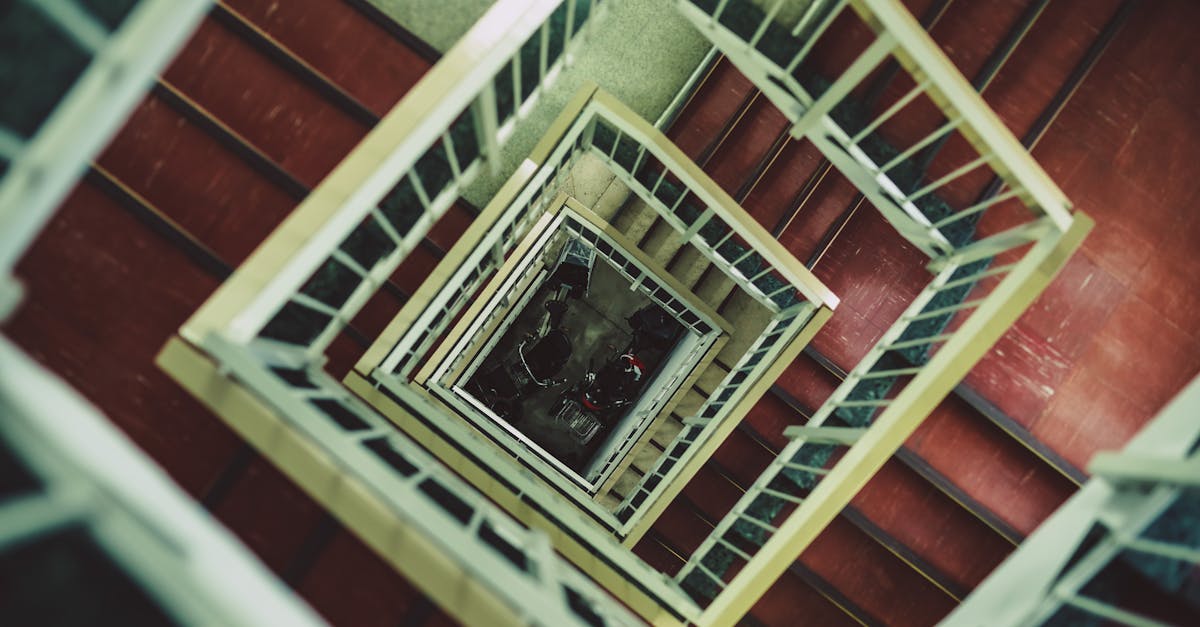
Do you suffer from a chronic condition that responds little or not at all to conservative treatments?
Are you navigating the challenges of dizziness and discomfort after head trauma? Pulse Align offers a non-invasive and innovative method to restore your body’s natural balance and posture through gentle, imperceptible pulses. Our approach focuses on promoting muscle tone symmetry and alleviating tension in the body, fostering a nurturing environment for overall wellsness. With Pulse Align, clients can experience a more harmonious state, guiding the body toward its inherent ability to reclaim comfort and stability.
At Pulse Align, we do not directly address discomfort or specific issues. Instead, our philosophy centers around helping the body recalibrate itself naturally, often resulting in significant improvements in well-being and posture. By gently stimulating the body, we aim to support its intrinsic healing mechanisms, facilitating an environment that encourages comfort and balance. Our compassionate strategy endeavors to assist individuals in regaining a state of harmony without focusing directly on their challenges.
Each engagement at Pulse Align is personalized, ensuring our approach meets the unique needs of every client. Many clients have shared inspiring stories of transformation, noting remarkable improvements in tension, general balance, and their overall quality of life. Hearing from clients who have experienced reduced discomfort and enhanced posture alongside managing common sensations further reinforces the effectiveness of our gentle methods in fostering well-being.
We invite you to explore how Pulse Align can become a vital part of your family’s wellness journey. With convenient locations in cities such as La Prairie, Mont-Royal, Terrebonne, Chicoutimi, and Châteauguay, you can easily find a nearby clinic. Visit our website to discover more about our services and confidently book a consultation for yourself or your family. Keep in mind that Pulse Align complements, but does not replace, existing healthcare. Our focus is to work collaboratively with your healthcare team while offering our unique approach to support your wellness goals.
At Pulse Align, we’re committed to delivering a safe, non-invasive, and family-friendly experience for everyone, including young children and those expecting. Our holistic services are designed to nurture your body’s capacity for self-regulation and balance. To learn more about our offerings and schedule your appointment, please visit our website: Pulse Align.
Frequently Asked Questions
Vértigo
¿La respiración profunda ayuda a calmar un vértigo?
Una respiración lenta y profunda puede reducir la ansiedad y ayudar a manejar la sensación de vértigo.
Les médicaments peuvent-ils soulager les vertiges ?
Certains médicaments (anti-vertigineux, antiémétiques) peuvent aider, mais c’est le traitement de la cause qui est essentiel.
What should I do in case of sudden vertigo?
Sit or lie down, fix your gaze on a stable point, avoid abrupt movements, and consult a doctor if it persists.
¿El estrés puede causar vértigo?
El estrés o la ansiedad pueden provocar sensación de mareo, aunque el verdadero vértigo suele tener origen vestibular.
¿La rehabilitación vestibular es eficaz?
Sí, reeduca el sistema de equilibrio, ayudando a compensar las disfunciones del oído interno.
La rééducation vestibulaire prend-elle longtemps ?
Cela dépend de la cause et de la gravité. Quelques semaines à plusieurs mois sont parfois nécessaires pour une amélioration significative.
What is vertigo?
Vertigo is a sensation that you or your environment is moving or spinning, causing a loss of balance.
¿Los problemas de presión arterial causan vértigo?
La hipotensión ortostática (bajada de presión al levantarse) puede provocar mareos. Problemas circulatorios cerebrales también pueden desencadenar vértigos.
Are vertigo episodes dangerous?
They are not always dangerous, but may cause falls. Identifying the underlying cause is important.
¿Los acúfenos acompañan a menudo los vértigos?
En la enfermedad de Ménière los acúfenos (zumbidos) son frecuentes. Otras causas de vértigo no siempre incluyen acúfenos.
Zoé Rousseau believes that knowledge is the most powerful step toward healing—and she’s here to illuminate the path forward for anyone facing the challenges of vertigo. At Pulse Align, Zoé not only highlights the latest breakthroughs in neuromodulation and non-invasive health technologies but also translates complex research into practical, everyday guidance. Her approach is grounded in empathy and fueled by a genuine drive to help readers find balance, both literally and figuratively. From exploring advanced treatments to sharing firsthand patient stories, Zoé’s heartfelt advocacy ensures that no one has to face the spinning world of vertigo alone.
Medical Disclaimer
The information and advice provided on this site do not replace the advice, diagnosis, or treatment of a healthcare professional. Please note that the author of this article is neither a doctor nor a specialist in a medical specialty as defined by the Collège des médecins du Québec. Manual medicine, functional medicine, and sports medicine as described on this site exclude any medical treatment or diagnosis made by a doctor or medical specialist. Always consult your doctor for any medical questions. For more details, please read our complete Legal Notice.

